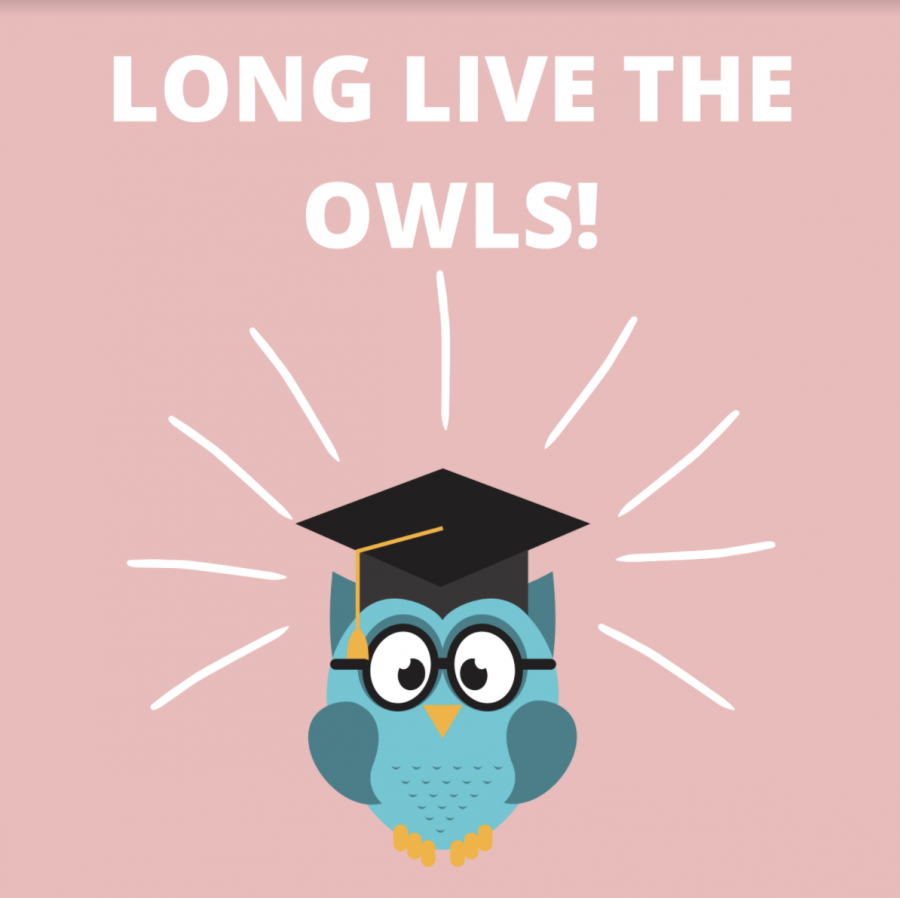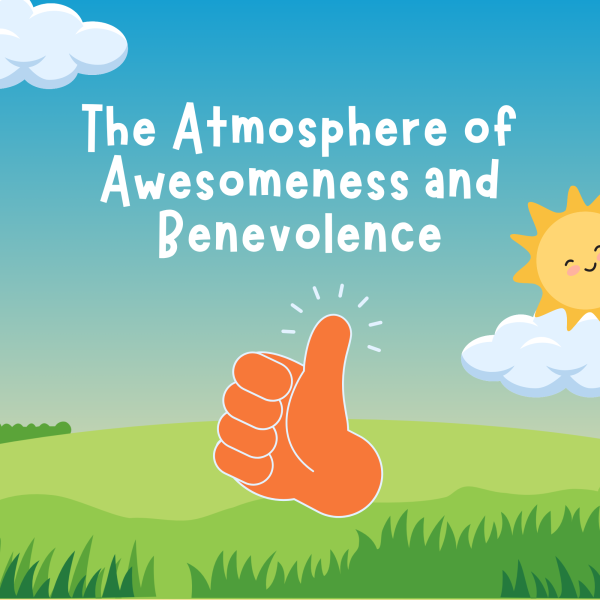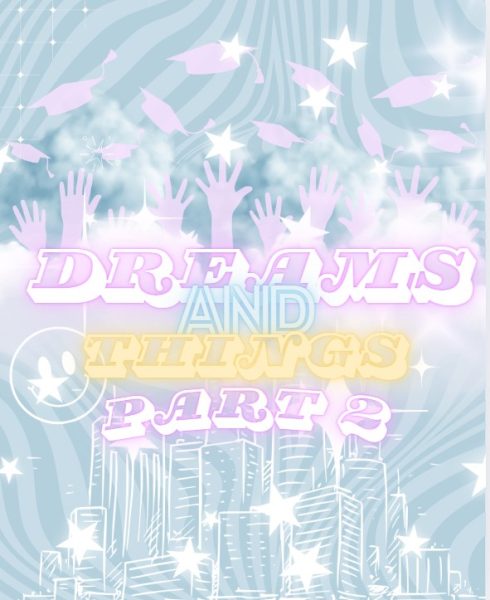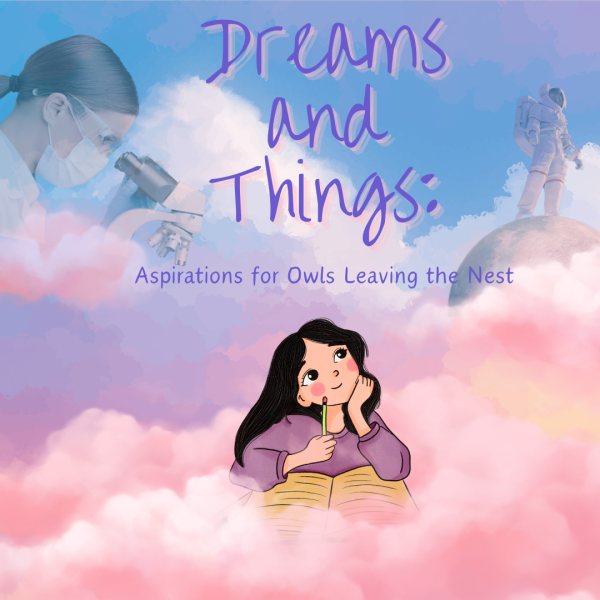LONG LIVE THE OWLS
All about iUP’s mascot!
The Wisdom of Owls
iUniversity Prep’s mascot is a common one. Most people know that owls symbolize wisdom, but why is this?
Owls are believed to be wise because they are such successful hunters, especially since they are nocturnal. This belief has been true since Ancient Greece and the Goddess Athena. This bird was thought of as her sacred animal and represented the wisdom she possessed.
Life of a Young Owl
Owls hatch three to five weeks after the eggs are laid. Baby owls are called owlets or nestlings and are born with white feathers and closed eyes. Their eyes open a few days after hatching, and brown or gray feathers start to replace the white. The female owl sits on them in the nest for the first few weeks since the chicks are helpless, unable to fly, see, or regulate their own temperature (thermoregulate). This is called brooding. The mother owl keeps them safe and warm until they are ready to leave the nest.
Male owls hunt and bring food to the female, who tears up the prey into small pieces to feed the babies. Within a few weeks, the babies are able to eat some whole prey, throw up pellets, and thermoregulate. These babies compete for food as they live in the nest, with the older, stronger babies usually taking control.
Food begging calls are the sounds owl babies make when they cry to their parents for food. Much like a toddler cries for food or attention, baby owls do as well.
Fledging and Leaving the Nest
Baby owls stay in the nest for 2-6 weeks, depending on what species they are.
Before owls are able to fly, they leave the nest and stay in the plants nearby. Once nestlings are able to fly, they become fledglings. Owls take their first flights 4-8 weeks after they are born and by autumn they are ready to live on their own. They are now fully grown and have all of their feathers. An owl’s lifespan is about 25 years.
Food
Owls are nocturnal, meaning they are awake at night and sleep during the day. This makes capturing prey hard, but owls have an excellent sense of sight to see in the pitch black of nighttime. Most owl species are carnivores and eat small mammals such as voles and mice. Owls may also eat frogs, lizards, snakes, and even other birds. Most owls use the perch and pounce method: they perch until they catch a glimpse of food, and then swoop down and pounce. Some also look for food while flying.
iUP’s Owl
Our own mascot, Wisely, is an owl, and she symbolizes the wisdom that iUP holds as well as the beauty of an owl. These creatures are so unique in the way that they are nocturnal and can live for quite a long time. Maddox Rogers says that she believes our mascot is an owl “because iUPrep students are smart and wise.” To her owls symbolize intelligence and wisdom and because of this, they make a great mascot. Owls are indeed intelligent, especially with the way they use their smarts to capture prey in the dark.
Ava Holubar also believes that our mascot is an owl because they are wise and unique. She says that “they accurately represent what iUniversity Prep stands for” and “I think they are a wise choice for a mascot, owls can represent the learning and creative processes that are cultivated in schools.”
Helena duPlessis thinks our mascot is a great choice because “…they are often associated with being highly intelligent and this school is very very smart, teaches very well, and is ranked fairly high among online schools.” To her owls symbolize “…intelligence and wisdom most of the time. Sometimes they can symbolize nocturnal animals in general.”
There are so many interesting things about owls and they are great birds to learn about. Their history relating to Athena shows that owls are an amazing mascot for our school. They symbolize how wise and smart our own owls are and the intelligence they possess as well.
Sources
- Lee, C. (n.d.). Charles Lee. Bird Gap. Retrieved December 9, 2021, from https://birdgap.com/wise-owls/#:~:text=Owls%20are%20considered%20symbols%20of,views%20of%20the%20goddess%20Athena.
- About owls I owl research institute. owlresearchinstitute. (n.d.). Retrieved December 9, 2021, from https://www.owlresearchinstitute.org/owls-1.

Hi everyone! My name is Brooke Bolinger and I am one of the Co-Associate Editors this year!! This is my 4th year at iUP and I am a senior...







